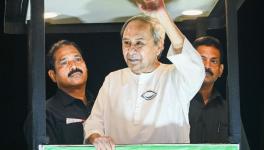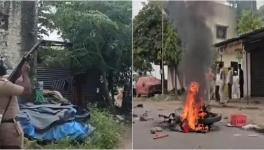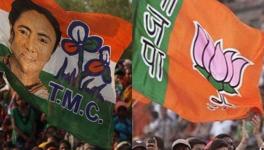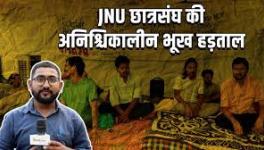Manipuris (Meiteis) in Assam Want Autonomous Council
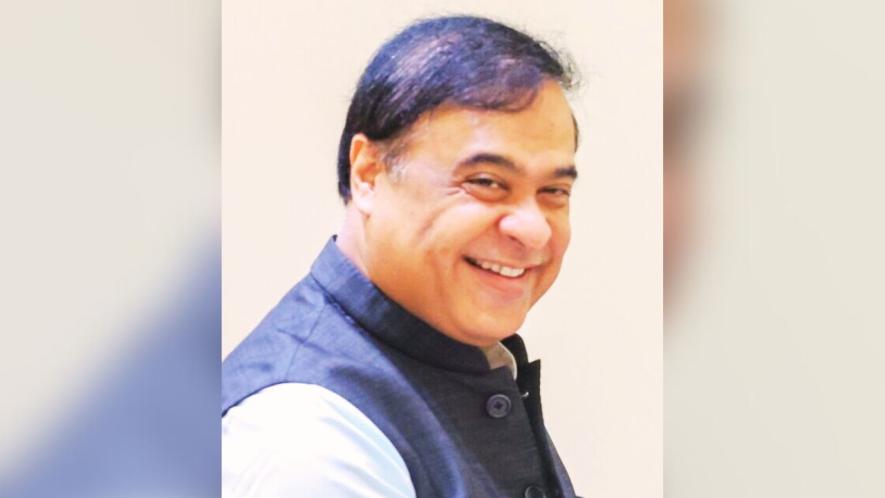
Image Courtesy: Wikipedia
Kolkata: In the first week of July, the Manipuri community in Assam proposes to formally take up with the Assam government its demand for an autonomous council for them on the pattern of the existing autonomous councils functional for the Moran, Matak and Koch-Rajbanshi communities.
Manipuris and Meiteis are synonymous in Manipur; therefore, it is only proper to suggest that the demand for an autonomous council is being raised by the Meitei community living in Assam. They have set the ball rolling by submitting a detailed representation dated June 23, 2025, addressed to Assam’s Chief Minister Himanta Biswa Sarma through the District Commissioner, Cachar.
In the forefront for pursuing this demand is the Manipuri Autonomous Council Demand Coordination Committee, Assam, which claims to be a conglomerate of major Manipuri social organisations in the state. The constituents include outfits of youths, women, trade & business, Muslims and a specific one for the Barak Valley. At the top, they have the Manipuri National Council.
The coordination committee is seeking an autonomous council which a state government is empowered to set up for Other Backward Classes (OBCs) after getting a proposal passed in the relevant state’s legislature. The Centre comes into the picture at a later stage.
After being informed about the initiative by a state government, the Centre has to earmark funds, as partial financial support, for autonomous councils which come into being in a state with its legislature’s approval. Which simply means that such councils do not come under the Sixth Schedule of the Constitution. The Sixth Schedule cases are handled by the Union government through Parliament. The Centre has a much greater responsibility for development funding under the devolution mechanism.
The coordination committee has built up its case for an autonomous council, as admissible for OBCs, contending that in Assam the Manipuri population is well in excess of five lakh.
The committee’s working chairman Advocate Ng Ramakanta Singh told NewsClick that nearly 325 villages have visible, though varying, presence of Manipuris. The districts that matter greatly for the Manipuris are Cachar, Hailakandi, Sribhumi (known for a long time as Karimganj), Hojai, Kamrup, Sibsagar and Dima Hasao, according to Kh Dhiren Singh, who heads the Assam University’s Department of Languages. He is associated with the coordination committee. He has contributed inputs for the representation that highlights the historical context of the Manipuris in Assam, how they have been a factor in the state’s socio-cultural and even political scene and their gradual decline “due to demographic shifts, delimitation and political realignments”. An autonomous council, as permissible for OBCs, is a crying need of the Manipuris to regain their lost glory.
The representation notes that despite their deep-rooted presence in Assam, the community now finds itself at the crossroads. A glaring example of their decline is their representation in the legislature in the past decades. They had up to six elected members between 1946 and 2006 from Hailakand, Lakhipur, Silchar and Sonai Assembly constituencies. Now, they have no representative in the legislature.
Many areas inhabited by the Manipuris remain underdeveloped. There is a visible lack of targeted welfare schemes, healthcare facilities, skill development programmes and employment opportunities.
An autonomous council will facilitate decentralised planning and focused execution of state and Central schemes. Under the state legislated arrangements for such councils, one for the Manipuris will be able to work in coordination with state departments to promote entrepeneurship, women’s empowerment, youth engagement and promotion of technically advanced farming practices in the areas inhabited by the Manipuris.
Also, their wards can access special scholarships, hostels and training centres. Such initiatives can reduce dropouts in educational institutions and help better integration with the mainstream opportunities, it has been argued.
In Assam’s multi-ethnic society, the community will regain its capacity to preserve its unique identity, promote harmony and integration. The youth will have a sense of pride, ownership and responsibility. For the long-term, the state will be the gainer because the Manipuris will be duty-bound to contribute to Assam’s growth and ‘asmita’ (pride) in a structured and sustainable manner, people associated with the initiative told NewsClick. The demand, the representation has stressed, is not aimed at “division or separatism”.
The next Assembly elections are due in Assam under normal circumstances between March and April 2026; which means in another eight-nine months. Politically, the demand appears to be well-timed. In between there are likely to be two sessions of the legislature.
The Moran, Matak and Koch-Rajbanshi autonomous councils, formed not long ago, serve as a precedent. The coordination committee team, which is to present the case to the Assam government officials and the state’s political leaders, wants to take up the matter also with Chief Minister Sarma. Counted as one among North-East’s shrewd politicians, he may assess how much the Meiteis’ support will count for in the seats that matter for his party, the Bharatiya Janata Party, according to informed quarters.
For the record: The document records that the settlement of the Manipuris in Assam dates back several centuries and is intricately connected with the Ahom kingdom. The key historical event was the marriage of Princess Kuranganayni, daughter of Maharaja Bhagyachandra of Manipur – also known in Assamese history as Raja Joy Singh – to Swargadeo Rajeshswar Singha of the Ahom dynasty in 1768.
The matrimonial alliance was solemnised as a gesture of gratitude for the pivotal role of the Ahom monarch in assisting Maharaja Bhagyachandra in reclaiming the throne of Manipur from the Burmese occupation.
Several other developments of historical importance have been cited. One of these refers to large-scale settlement of the Manipuris in the Barak Valley during the ‘Seven years’ Devastation’ (1819-1826), when the Burmese invaded Manipur. After Cachar was annexed by the British in 1832, the local administration, in a bid to keep the ‘turbulent’ hill tribes in check and maintain political stability, settled Manipuri families in the Cachar district.
The writer is a veteran freelance journalist based in Kolkata.
Get the latest reports & analysis with people's perspective on Protests, movements & deep analytical videos, discussions of the current affairs in your Telegram app. Subscribe to NewsClick's Telegram channel & get Real-Time updates on stories, as they get published on our website.










